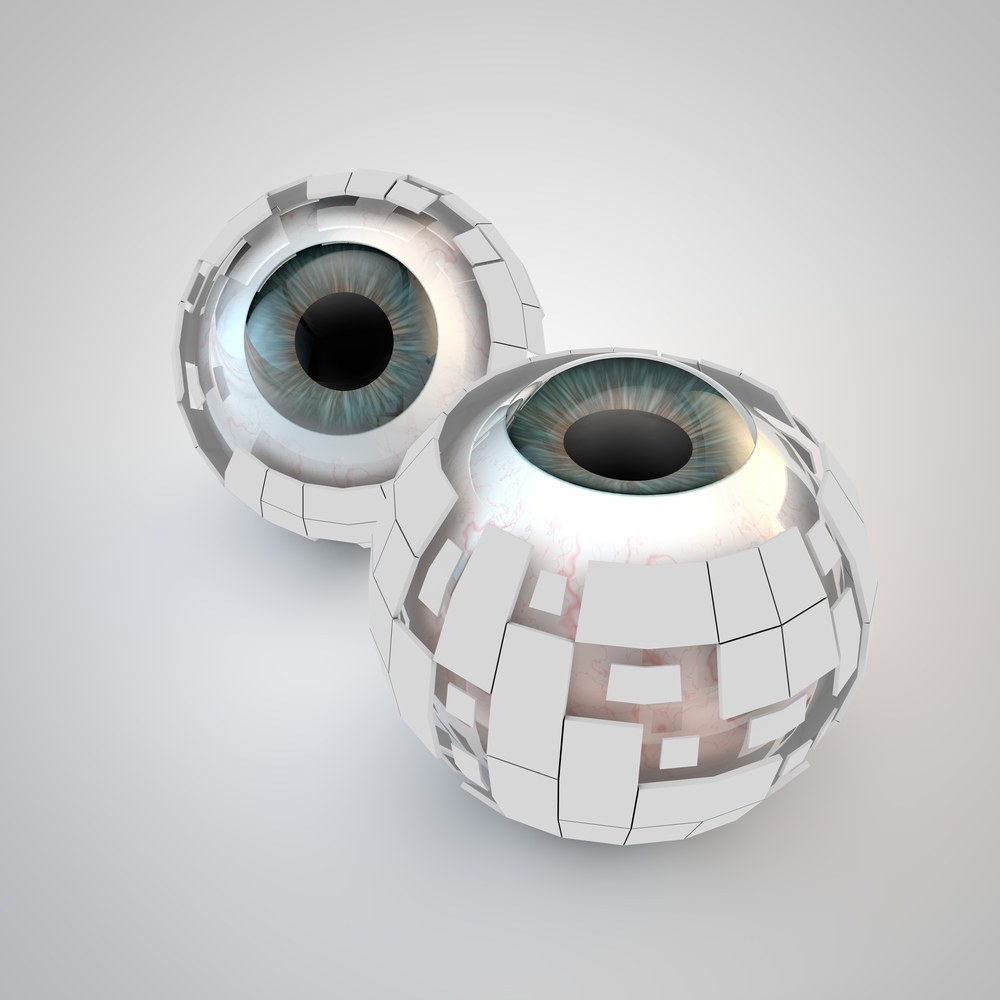
IBM Research has announced new research developments in IBM Watson’s ability to detect abnormalities of the eye’s retina. The Melbourne based IBM researchers have trained a research version of Watson to recognize abnormalities in retina images, which could in the future offer doctors greater insights and speed in their early identification of patients who may be at risk of eye diseases – such as glaucoma, a leading cause of blindness in the developed world.
The research began in 2015 and the latest work has focused on streamlining some of the manual processes experienced by doctors today. This includes distinguishing between left and right eye images, evaluating the quality of retina scans, as well as ranking possible indicators of glaucoma. Glaucoma has been named “the silent thief of sight” as many patients remain undiagnosed until irreversible vision loss occurs. Glaucoma can be treated but early detection is critical, with doctors currently relying on regular eye examination screening programs.
The researchers applied deep learning techniques and image analytics technology to 88,000 de-identified retina images accessed through EyePACS®, to analyze key anomalies of the eye. The research results demonstrate Watson’s ability to accurately measure the ratio of the optic cup to disc – which is a key sign of glaucoma – with statistical performance as high as 95 percent. The technology has also been trained to distinguish between left and right eye images (with up to 94 percent confidence), which are important for downstream analysis and for the development effective treatment programs.
“It is estimated that at least 150,000 Australians have undiagnosed glaucoma, with numbers expected to rise due to our rapidly aging population. It is critical that every Australian has access to regular eye examinations throughout their life so that diseases like glaucoma and diabetic retinopathy can be detected and treated as early as possible,” Dr. Peter van Wijngaarden, Principal Investigator at Centre for Eye Research Australia, Department of Ophthalmology, University of Melbourne.
“There is a real need for resources that allow all Australians to access regular eye examinations and the development of image analytics and deep learning technology will provide great promise in this area.”
The research is expected to continue to improve over time as the research technology expands to detect features of other eye diseases such as diabetic retinopathy and age-related macular degeneration.
“Medical image analysis with cognitive technology has the capacity to fundamentally change the delivery of healthcare services,” said Dr. Joanna Batstone, Vice President and Lab Director at IBM Research Australia. “Medical images represent a rich source of data for clinicians to make early diagnosis and treatment of disease, from assessing the risk of melanomas to identifying eye diseases through the analysis of retinas. Cognitive technology holds immense promise for confirming the accuracy, reproducibility and efficiency of clinicians’ analyses during the diagnostic workflow.”
IBM Research globally continues to advance research combining cognitive technology with medical images. Through its 12 collaborative labs worldwide, IBM Research is focused on research projects involving medical imaging analysis for diseases such as melanoma, breast cancer, lung cancer and eye disease.




